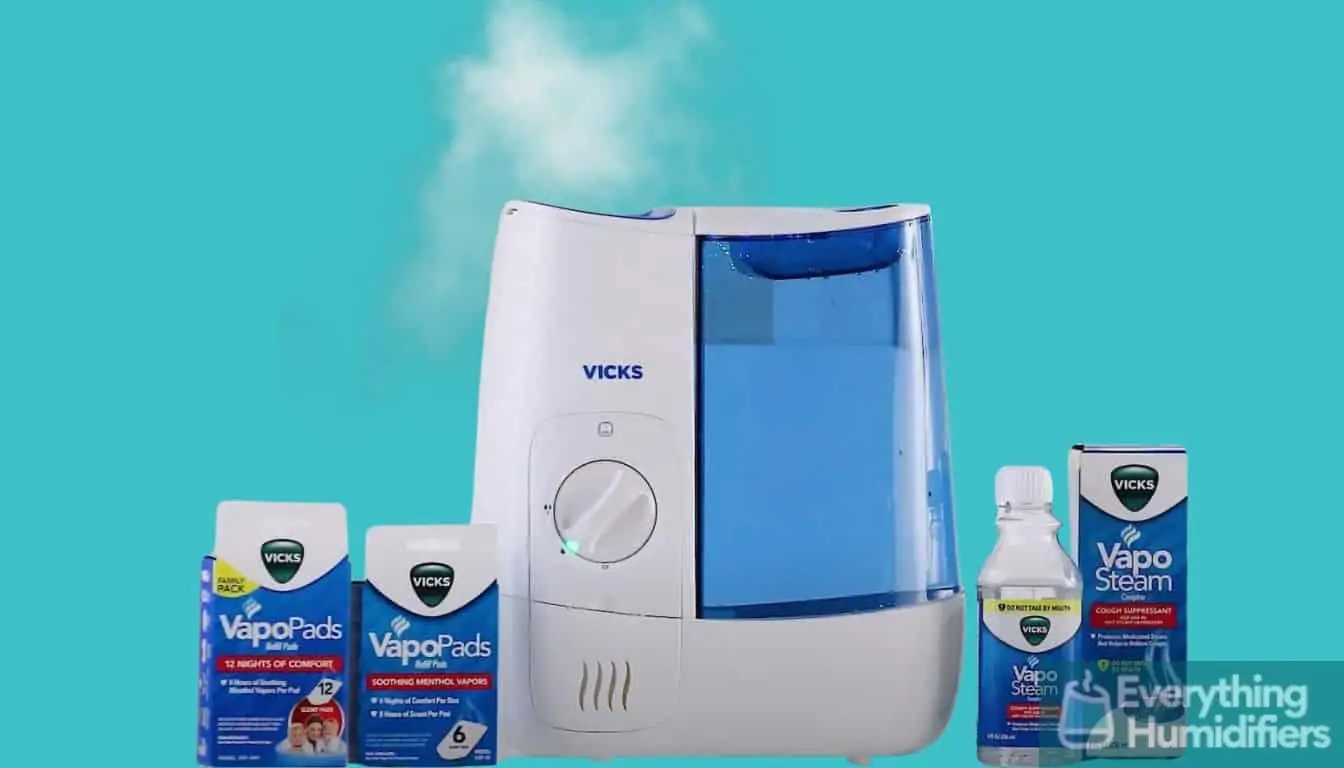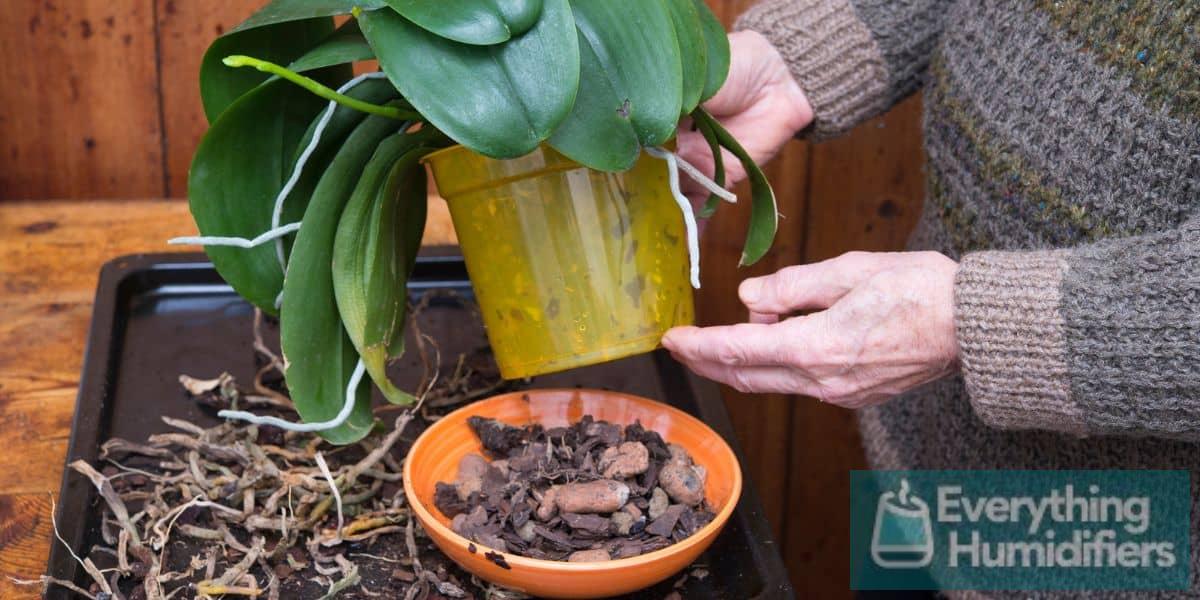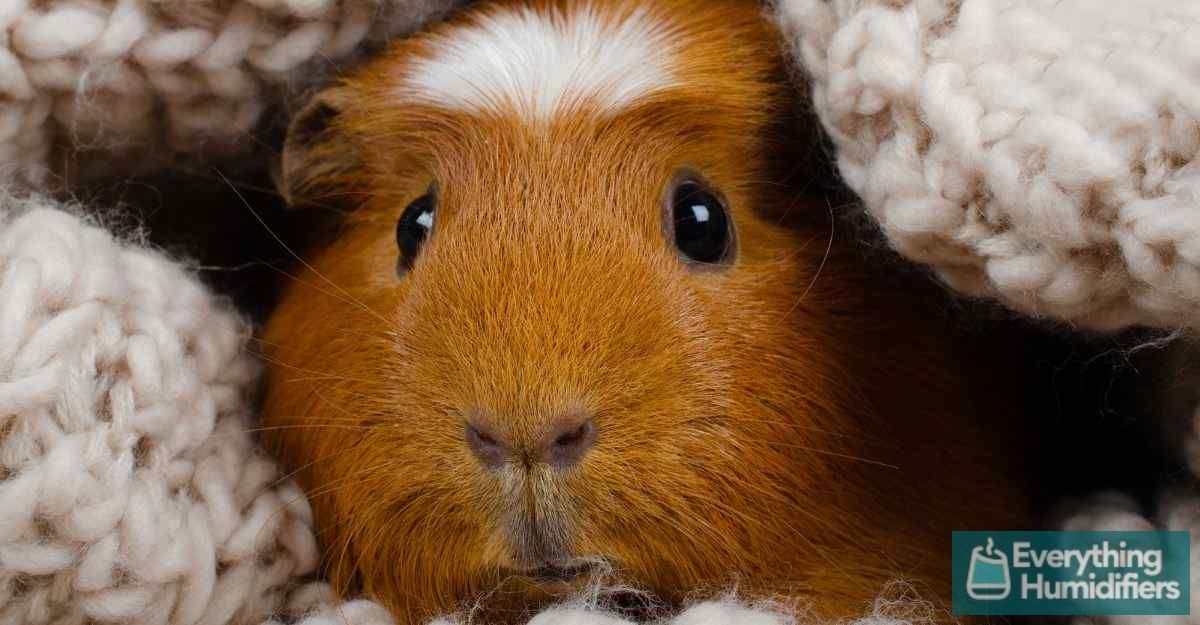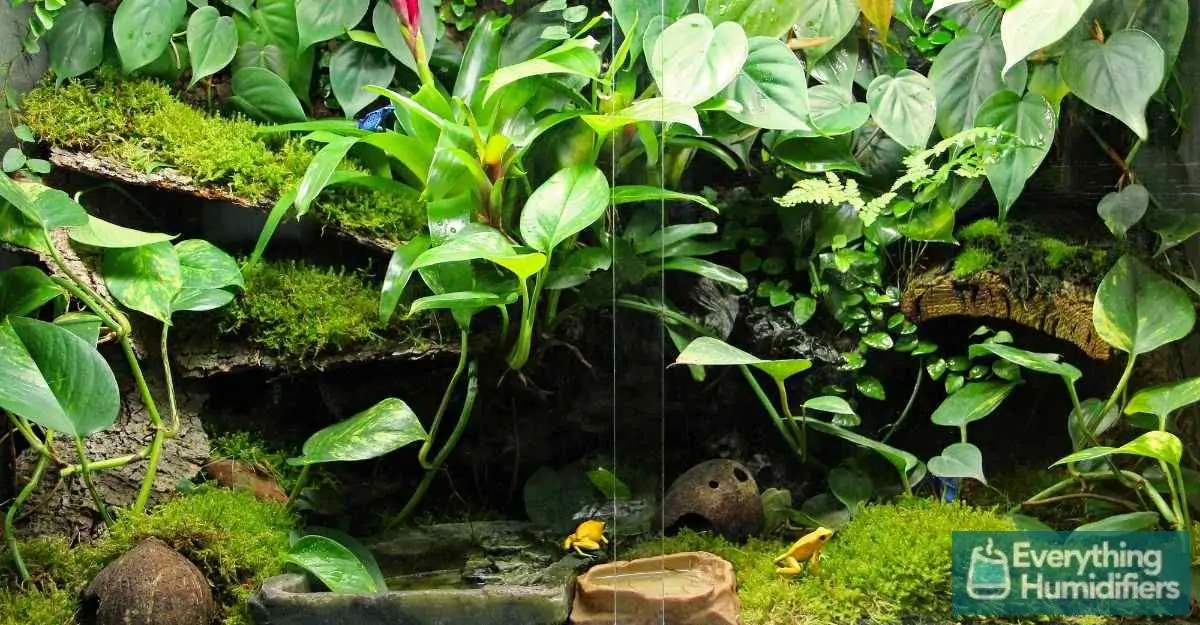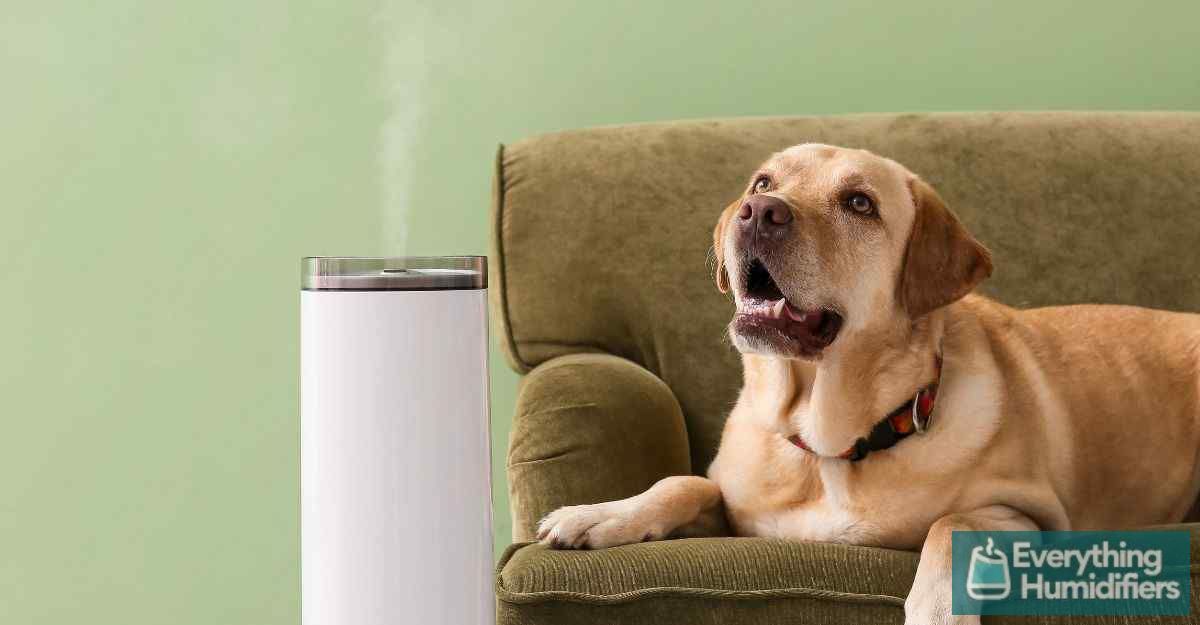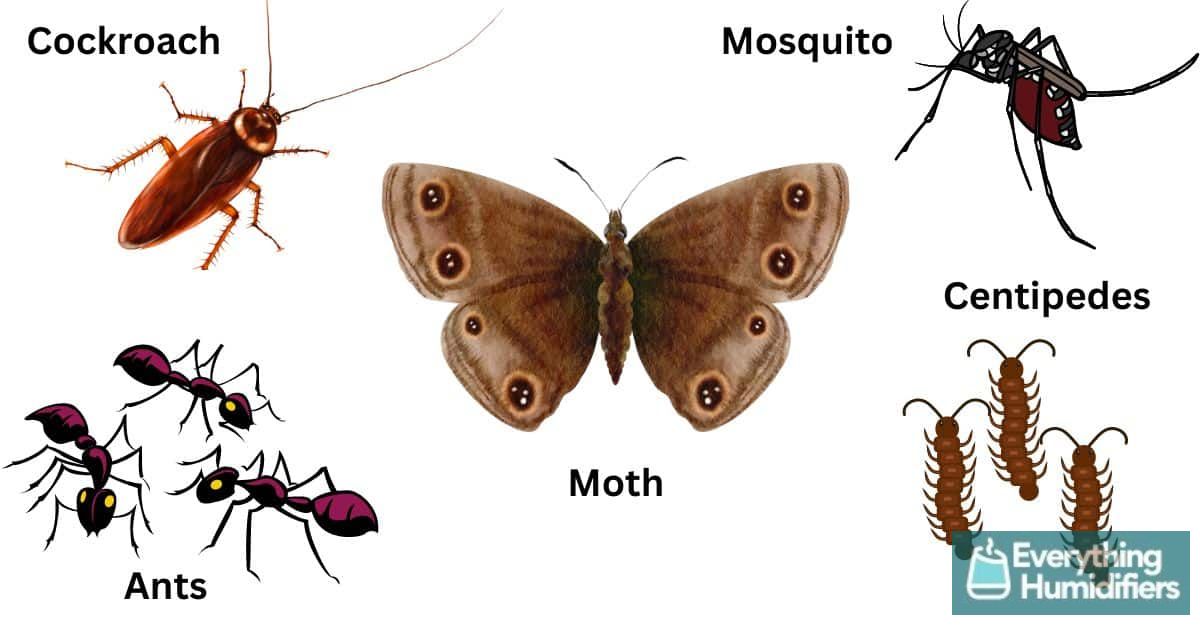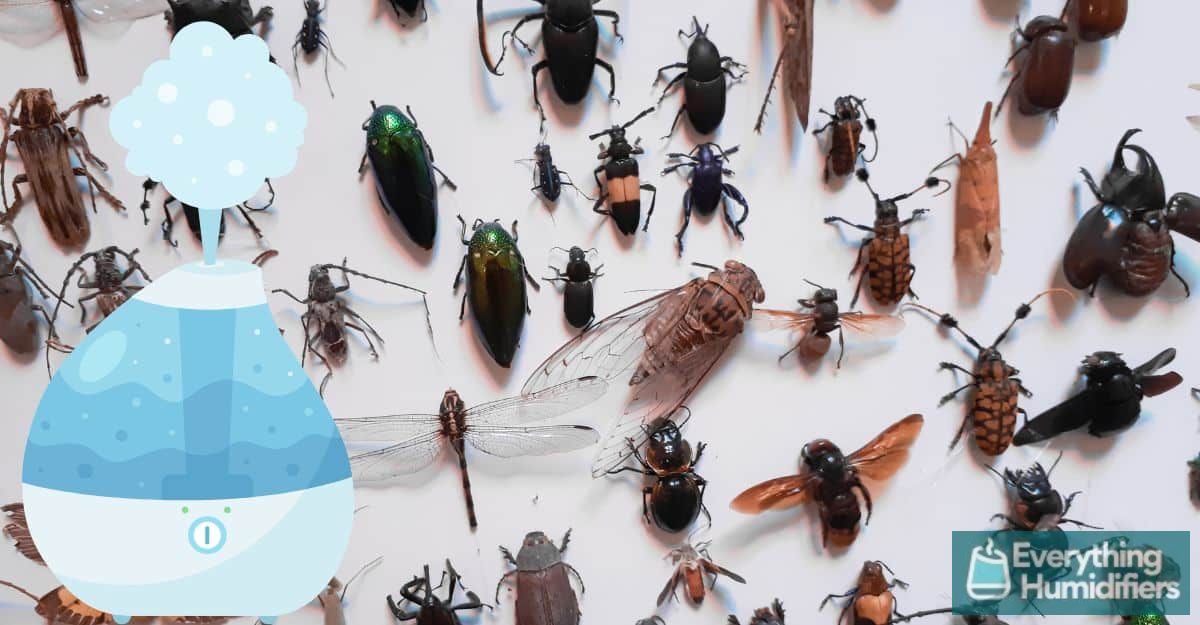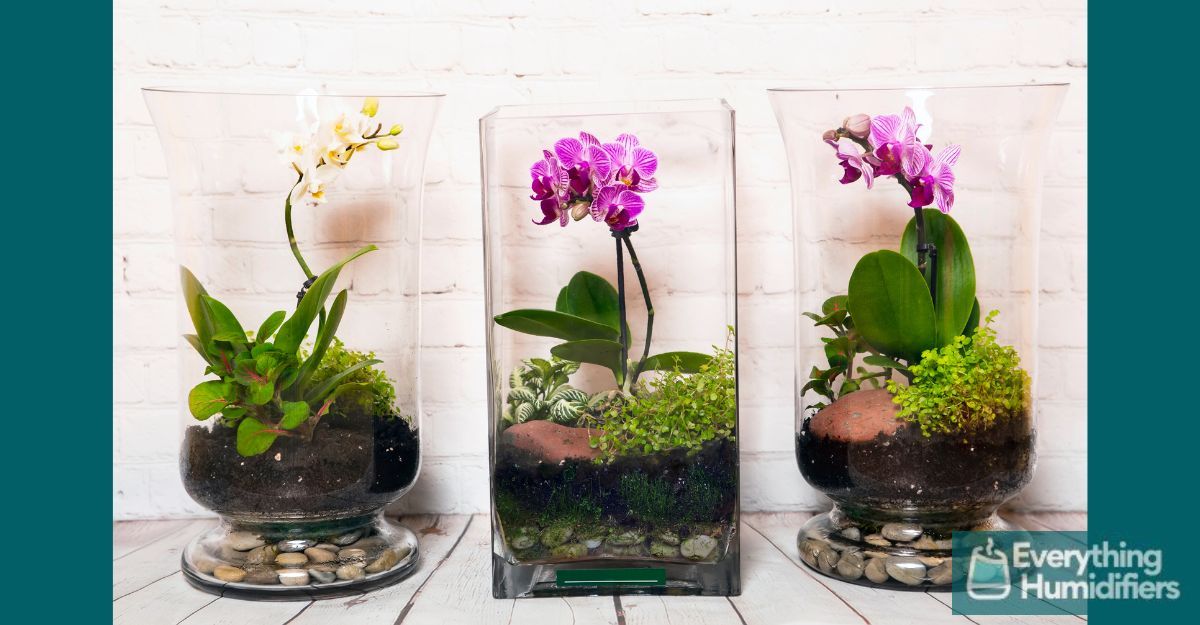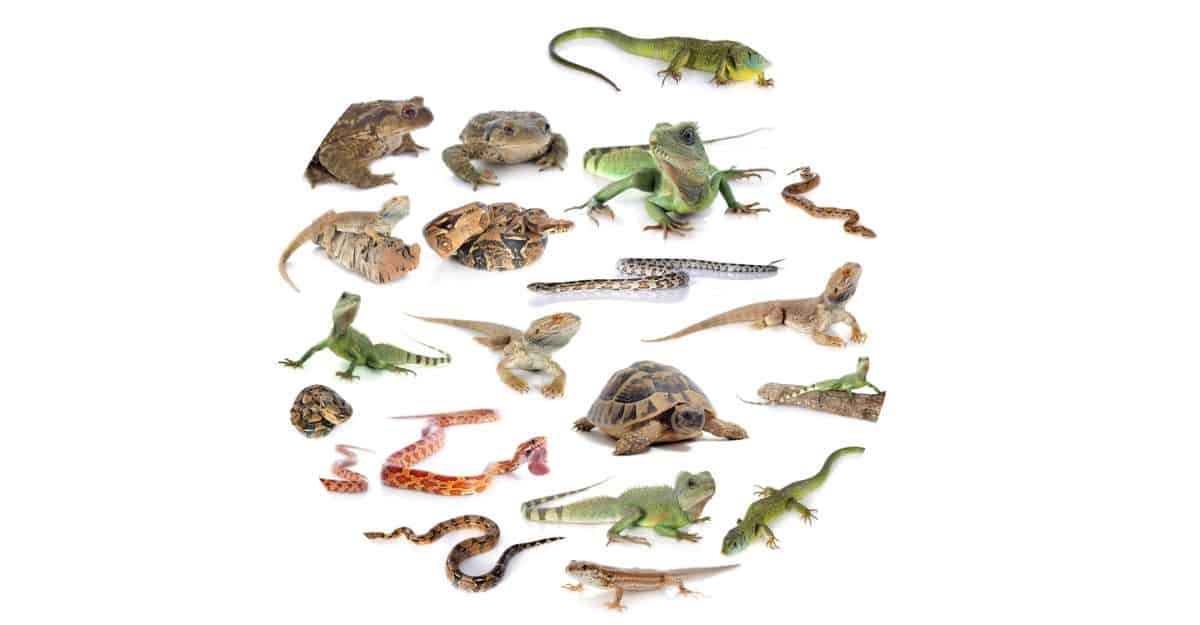Do you have a passion for food and an entrepreneurial spirit? Setting up a business in the food sector can be fun and lucrative.
Here are some different types of food-related businesses to consider.
- Mushroom Growing
- Tea Production
- Egg Hatching
- Meat Curing
These businesses need special controlled environments that can be achieved by installing a humidifier for small business.
Let’s take a closer look at humidifiers for small business.
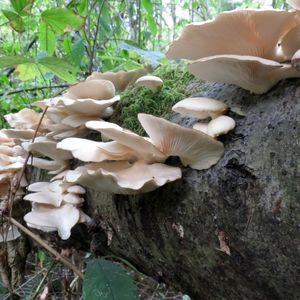
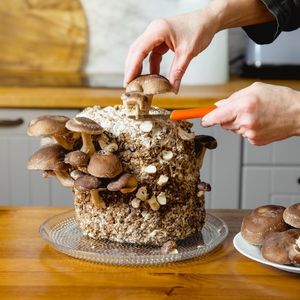
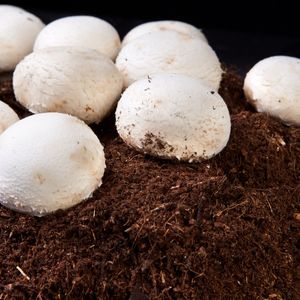
Cultivate your own mushrooms
Mushrooms may not be everyone’s favorite food, but for those who love them, you will have raving customers.
Growing mushrooms on a small scale can be done in your home.
These plants thrive in dark, cool, and damp environments. Your basement, garage, a large cabinet, or a dark closet will be a perfect choice.
Mushrooms can be grown from spores, spawn, or ready-made mushroom growing kits that you buy online or at your local nursery.
Visiting your local nursery for detailed advice is a good idea to ensure successful growing in your area.
The most common types of mushrooms grown at home are:
Oyster mushrooms (Pleurotus ostreatus)
These mushrooms are grown on beds of straw.
Shiitake mushrooms (Lentinula edodes)
On-trend variety favored by foodies! They are usually grown in hardwood sawdust.
White button mushrooms (Agricus bisporus)
The most common variety. They thrive in trays of composted manure.
Mushrooms require cool, but very humid environments.
Ideal humidity levels should be as high as 80% to 90% which is very damp.
The best humidifier for growing mushrooms will have a large tank that can run for at least 24 to 36 hours before requiring refilling.
If you are tech-savvy, a smart humidifier that alerts you to low water levels will be a bonus. This means you won’t have to keep visiting your dark and dank mushroom patch to manually check whether your humidifier needs water.
Choose a cool mist humidifier.
Warm mist humidifiers will raise the temperature in the room and that is not what you want.
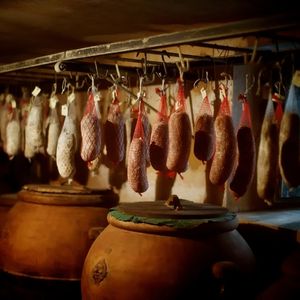


Try your hand at meat curing
Tempt customers at your market stall with a selection of cured meats.
By setting up a home curing fridge or small curing chamber, you can try your hand at making
- Salami
- Chorizo
- Pastrami
- Pepperoni
- Pancetta
An old fridge or a wine fridge can be used as a chamber for curing meats.
The ideal location to place your chamber is in a cool dark cellar or basement where the temperature remains low. You will need a humidifier to keep the air moist.
Humidity should be between 70% to 85%.
Curing meat requires some practice.
The meat must first be cooked and then allowed to dry out and age in your chamber.
Ensure that you have good airflow, but no draughts.
The hanging meat should not come into contact with rain, sunlight, pests, or pets!
An average salami should lose about 40% of its weight before it is ready. This can take around 6 to 8 weeks.
By choosing a humidifier with smart technology, you can be confident that the moisture levels in your chamber will be kept constant.
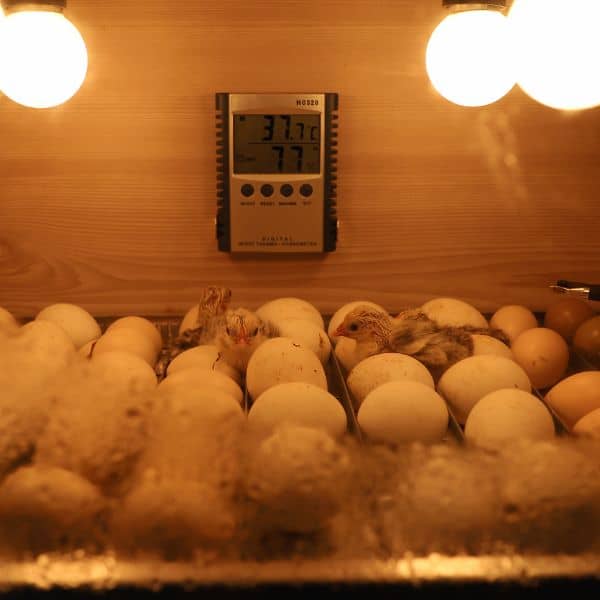
Raise eggs in your hatchery
Chickens raised in your backyard or on your small homestead taste so much better than those bought in a store.
By building a home egg hatchery, you can hatch your chicks under controlled conditions.
Follow these easy steps to create a home incubator
- Use a large Styrofoam cooler box.
- Cut a hole on one side to install a lamp socket.
- Divide the box into 2 sections using chicken wire. This will keep the chicks away from the lamp and prevent them from getting burned.
- You can add humidity by setting up a small bowl of water with a sponge inside.
- A smarter way to add humidity is to install a small home humidifier that will dispense a stream of mist into the cooler box. Allow the mist to enter via a hole that you have cut on the side of the box.
- Cut a hole in the lid and cover it with a clear piece of plastic that allows you to view your eggs and new chicks.
Before putting your eggs into the box, test your hatchery for a few days by monitoring the temperature and humidity.
The ideal temperature should be around 99°F to 100°F during the incubation period.
Humidity levels should be between 40% to 50% for the first 18 days and 65% to 75% during the last four days.
By choosing a humidifier with a variable control setting you will be able to adjust your humidity levels with ease.
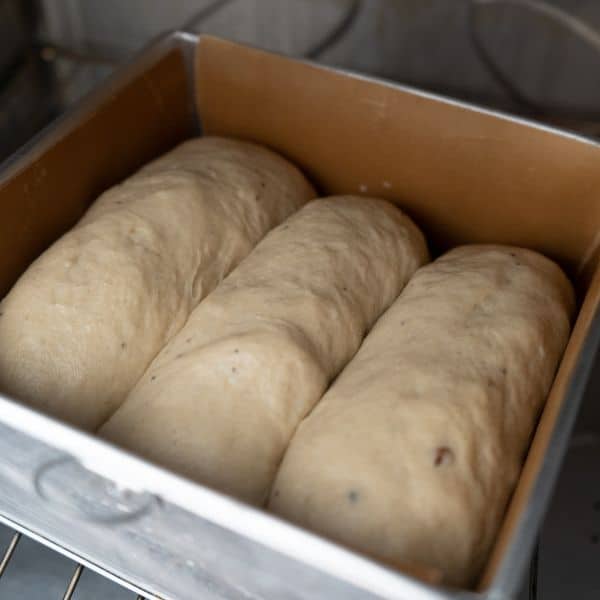
No one can resist the smell of freshly baked bread
If you are an avid baker and want to make the perfect artisan breads you need a bread proofing box.
Proofing bread, or allowing the dough to stand so that it rises, is a vital part of bread making. It can, however, be time-consuming if you are baking on a larger scale for a shop, market, or event.
A home proofing chamber speeds up the process and also gives you total control over the proofing conditions.
While you can purchase ready-made dough proofers, you can also make your own.
If you enjoy woodwork, you can build a box for your proofing. An old crate, a plastic container, or a tub will also be ideal.
You will need to install a light in your box to provide heat.
A small home humidifier will ensure that the moisture levels in the container are kept constant.
The air inside should ideally be at a temperature of between 80°F and 90°F with a humidity of 75%.
A small fan will help to circulate the air and a hygrometer will allow you to keep tabs on both the temperature and the humidity levels.
Some people have improvised using their water heating cupboard and a mini humidifier to achieve great results.
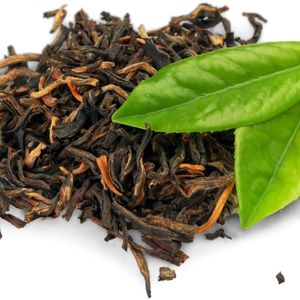
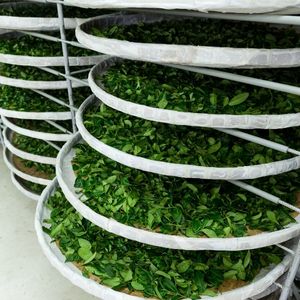
Time for tea
If you live in a climate that is suitable for growing tea, you can have endless cups whenever you desire!
Tea making is a fun and challenging hobby that can become a small business.
After planting, growing, and harvesting the tea leaves, they are processed by:
Withering
This reduces the water content in the leaves.
The tea leaves are spread out on large tables.
The process can take up to a day or two depending on the type of tea and the flavor desired.
Rolling
This causes the leaves to start the oxidation process by releasing enzymes and essential oils.
Oxidation
This important step gives the tea its color, aroma, and flavor.
The tea leaves are placed in rooms with controlled temperatures and humidity.
The level of humidity at this stage is vital and should remain at around 95% to 98%.
A powerful humidifier is needed to ensure that you keep these levels constant day and night.
Summary
Starting a business in the food sector is fun and rewarding.
Why not consider egg hatching, tea production, bread baking, or curing meat?
A humidifier for small business will help you create the ideal conditions these specialized processes need.
Become an expert and get known in your community.


